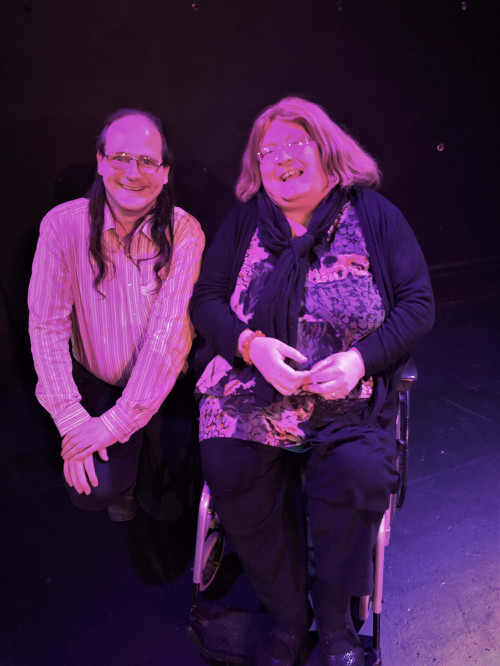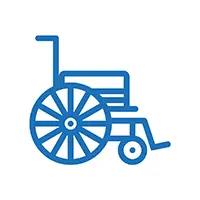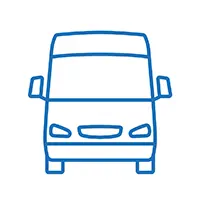by Rose Boddy - Network Builder for Mana Whaikaha.
As a wheelchair user, I know how challenging it can be planning to go out.
There are so many things you have to consider: accessible parking, wheelchair ramps, bathrooms, stairs, and so on.
It can be a very frustrating experience, but I have learnt how to prepare so that these barriers don’t need to stop me going places.
These are the steps I go through when I’m planning to visit a new place. I used them recently when attending a comedy show at BATS theatre in Wellington.
I wish I’d had a list 15 years ago telling me these steps, so I want to share them with you now.
1. Research the venue
When you’re going somewhere you haven’t been before, it’s important to find out what accessibility features it has. Where are the wheelchair ramps? Are there parts of the building that aren’t accessible in a wheelchair? Does it have a lift?
Start by going to the venue’s website or Facebook page to see if there is any information about this. I did this after I’d bought tickets to the comedy show at BATS theatre (normally I wouldn’t buy tickets before confirming the accessibility of the venue, but in this case the tickets were so cheap that I took the risk). I needed to know if I would be able to access the venue in my power wheelchair. I checked on their website, which did have some information about accessibility, but not exactly what I wanted to know.
2. Contact the venue
If you can’t find the right information about accessibility on their website, phone, email or message the venue. Tell them what your specific accessibility requirements are and find out if they can accommodate you.
If you have a mobility impairment, ask them about any potential barriers. For example, are there stairs anywhere? If so, can you still access all the areas you want to go to? What about the bathrooms? Are they accessible?
I emailed BATS theatre to explain my requirements and find out if there were any barriers I needed to know about. I wanted to know exactly where the wheelchair ramps were. It can be a bit daunting going to a new place, so I like to know exactly what I’m in for before I go.
The venue was able to tell me where the ramps were, which was helpful. But there were still a lot of things I needed to get in place before I was ready for my trip.
3. Figure out where you’ll park
Disability parking can be a real logistical challenge, especially in busy cities like Wellington. Accessible parking isn’t always available at a venue or near it, so you’ll need to find out exactly where you can park. That will help you figure out how long it’s going to take you to get from your carpark to the venue.
The staff at BATS told me they didn’t have accessible carparks, but that loading zones were available near the venue.
When I arrived, I was lucky to find one loading zone park free right outside the theatre. If that had been taken, I would have had to take one further away and across a busy road, which would have been difficult to cross in a power chair.
If you live in Christchurch, Wellington, Hutt City or Tauranga, you can download the Access Aware app by CSS Disability. The app enables you to see where disability car parks are located.
Access Aware information on the CCS Disability Action website (external link)
4. Plan your transport
If it’s an event outside of normal business hours, you’ll need to arrange your own transport. This could be a private car, if you have someone to drive you, or a taxi service. If you’re using a taxi, make sure you arrange it with the company well in advance to make sure they have a disability vehicle available.
If the event is on during the day, you could take a train or a bus if these are an option where you live. Just make sure you phone up the day before or in the morning and make sure that accessibility features are available. For example, a bus with a ramp or a hoist.
5. Plan to get there early
I always plan to arrive at any venue 30-45 minutes early. This is to give me a better chance of getting an accessibility car park. Also, as it gets closer to start time, it can get busy around the venue, making it more difficult for me to get in.

With comedian Nathan Bond who performed at the Disability Pride comedy showcase at BATS Theatre
Conclusion
Using a mobility aid does mean you have to do a bit of extra planning when you go out, especially if it's somewhere new. But by following these steps, you will be prepared to face potential barriers and have contingency plans in place. This will make you feel more relaxed and help you have a more enjoyable experience.
Last updated on Wednesday, 20 December 2023














